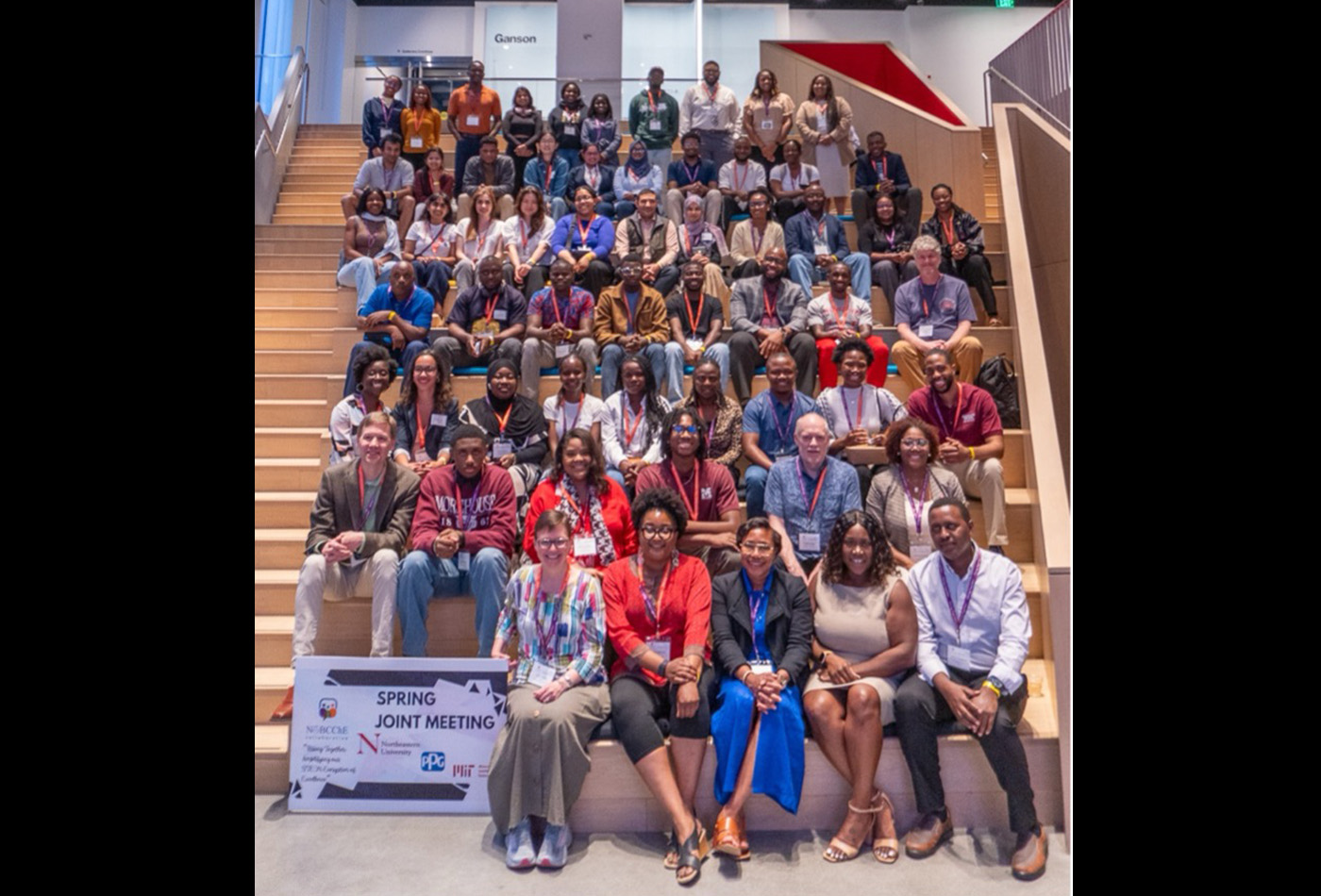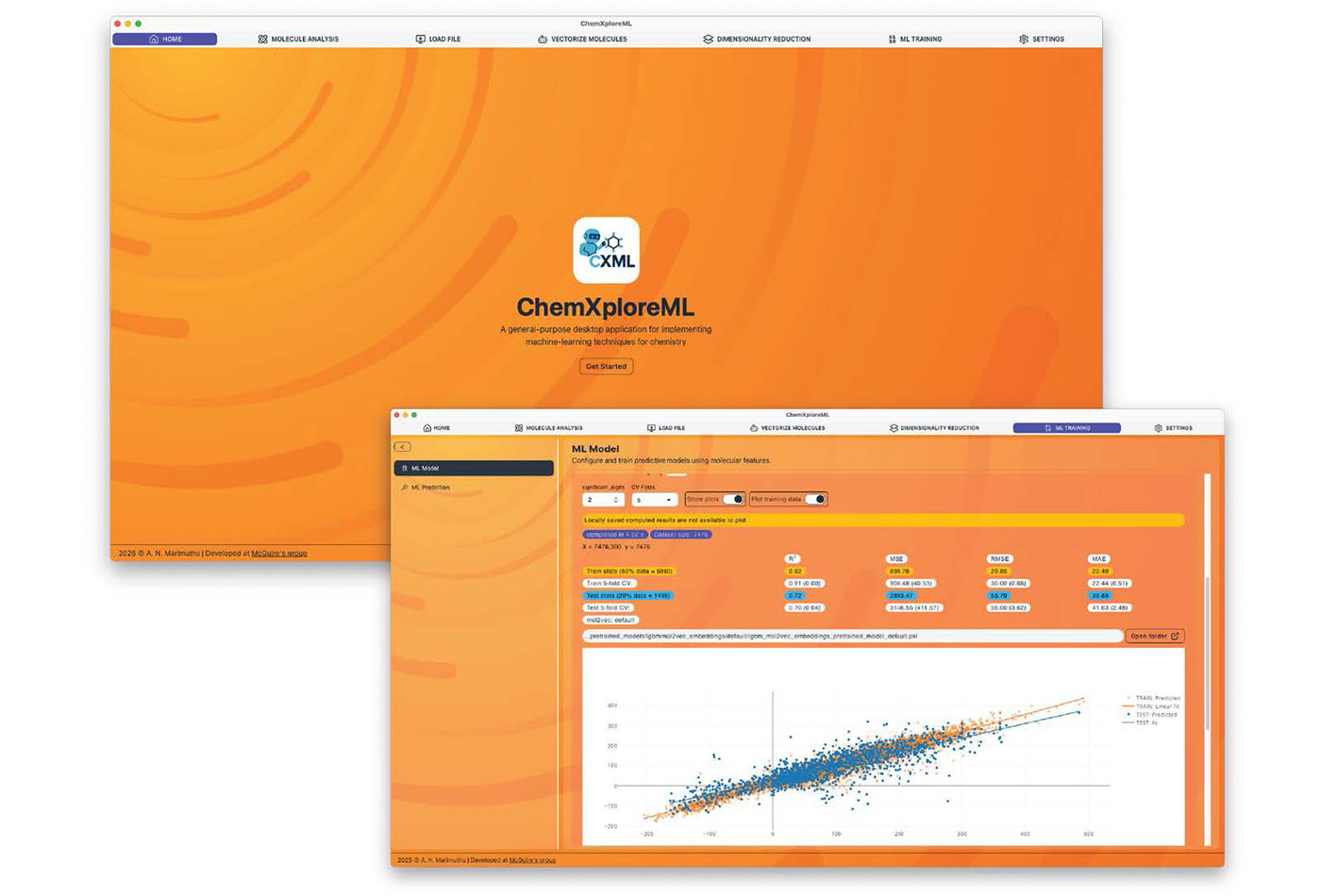Cao paper published in Physical Review Letters
The paper, Dynamical Symmetries and Symmetry-Protected Selection Rules in Periodically Driven Quantum Systems, was published online on March 2, 2021.
A paper authored by Georg Engelhardt and Professor Jianshu Cao was published in Physical Review Letters on March 2, 2021.
Dynamical symmetries and symmetry-protected selection rules in the response of periodically driven quantum systems
Georg Engelhardt1 and Jianshu Cao2
Physical Review Letters 126, 090601
Published 2 March 2021
DOI: https://doi.org/10.1103/PhysRevLett.126.090601
Abstract
Structural symmetry: When a perfect triangular molecule has a 3-fold rotational symmetry.
Dynamical symmetry: When the 3-fold molecule is driven by light with period of τ. Then, it will have 3-fold dynamic symmetry with period of τ/3: The molecule recovers its original configuration over a reduced period of τ/3.

Symmetries play a fundamental role in chemistry and physics. For instance, structural symmetry is responsible for selection rules in molecular spectroscopy; molecular orbitals obey symmetry principles in the hybridization process; and the properties of topological insulators and superconductors are dictated by the underlying symmetries. Dynamical symmetry is a generalization of these structural symmetries and becomes essential for understanding the response of driven quantum systems.
Specifically, dynamical symmetry arises from the synchronization of structural symmetry with periodic driving and is the temporal generalization of spatial symmetry (see the illustration). These spatial-temporal symmetries define a set of symmetry-protected selection rules, which give rise to unique spectroscopic signatures, including symmetry-protected dark states, Floquet band selection rules, and light-induced transparency. Within the Floquet response theory, we have introduced a classification scheme that establishes one-to-one correspondence between dynamical symmetries and their spectroscopic signatures. These predictions have been successfully demonstrated in a recent NV center experiment carried out at MIT [PRL, 127, p140604 (2021)] and will be particularly relevant for strong light-matter interactions in quantum coherent control, cavity QED, superconducting circuits, and opto-mechanics.
These predictions are published in a recent paper1, which follows an earlier paper 2 on Floquet dynamics. In addition, the Cao group has developed a theoretical program in polariton chemistry: modification of spectroscopy, transport, and reactivity of molecular systems in optical cavities. Together, these studies represent a recent focus of the Cao group to explore new phenomena arising from strong light-matter interactions.
1) Dynamical Symmetries and Symmetry-Protected Selection Rules in Periodically Driven Quantum Systems, Georg Engelhardt and Jianshu Cao. Phys. Rev. Lett. 126, 090601 (2021)
2) Discontinuities in Driven Spin-Boson Systems due to Coherent Destruction of Tunneling: Breakdown of the Floquet-Gibbs Distribution. G. Engelhardt, G. Platero and J. Cao, Phys. Rev. Lett. 123(12), 120602 (2019)
Read the Full Text at Physical Review Letters.
The Cao Group develops theoretical models for understanding the structure and dynamics of complex molecular systems.





